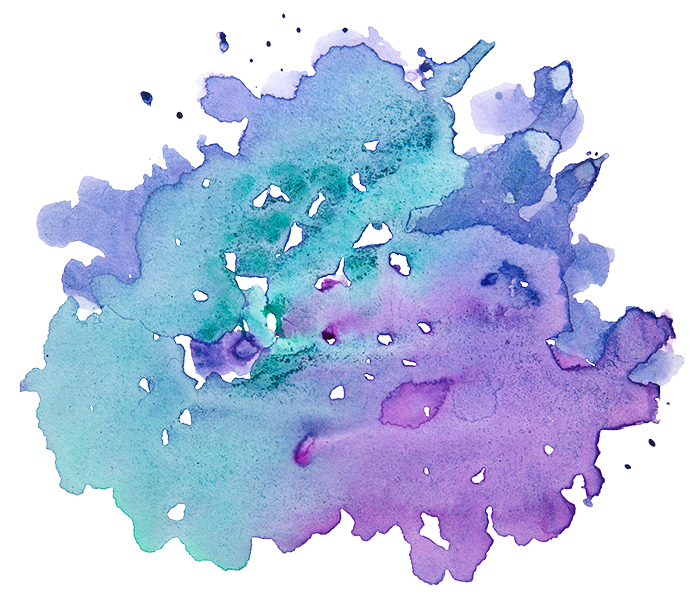by A. Fox
 In my parents’ home back in St. Paul, Minnesota, I used to tiptoe into the bathroom late at night, lock the door behind me, put a towel in the door’s crack and turn off the lights.
In my parents’ home back in St. Paul, Minnesota, I used to tiptoe into the bathroom late at night, lock the door behind me, put a towel in the door’s crack and turn off the lights.
I knew how many steps it took to reach the faucet. How many inches to lift my hand for the shower knob. Slithering to the floor, I’d count the seconds until the tub filled to the sound of the falling water.
I remember the cold floor tiles against my back. I remember the bright ghost light from minutes prior behind my eyelids. The moving water offered me a moment of internal quiet. I relished the enclosure of the bathroom: a vessel for calm.
It was there I could strip my body bare. I would pull the lint from between my toes after 12 hours in wool socks. I would bite my fingernails short. And I’d submerge in the darkness. One. Two. Three times. And finally, exhale. This was my daily ritual.
I didn’t realize how Jewish all this was until my visit to Mayyim Hayyim for an educational program as a part of the Hadassah-Brandeis Institute internship. As a person who grew up in a Conservative Jewish synagogue, one might have thought I’d have drawn this parallel earlier.
When I stepped through the door of Mayyim Hayyim, away from the sound of the trickling rainwater running along the base of the building, the word niddah (monthly immersion) slithered through my brain. My heart sank. Genderrrr, I thought to myself…how could I forget? The mikveh is yet another place that cements gender divisions.
As a trans/gender non-conforming Ashkenazi Jew, I’m accustomed to this sinking feeling in the Jewish spaces I navigate. So much of the Ashkenazi Jewishness I experienced growing up was predicated upon gender duality, after all. The effect is not a welcoming one.
Once I was actually inside Mayyim Hayyim I was immediately struck by the remarkable effect of entering a Jewish institution that was explicitly designed for accessibility and pluralistic practice. To my surprise, the sinking feeling gradually went away. I looked around and I didn’t see explicitly gendered decorations. In our introductions we were prompted for our names and pronouns, and Leeza showed us Immersion Ceremonies for coming out, publicly celebrating one’s gender/s rather than the gender assigned at birth, and rituals for before surgery. When we learned about the process of immersion itself, we enacted a pretend coming out ritual and I cried. I was able to imagine myself centered—not merely tolerated–in a collective Jewish space in a powerful way.
Mayyim Hayyim reminded me that I don’t need the blanket of the darkness or a locked bathroom in the middle of the night to find renewal through water. And though I haven’t yet “officially” immersed in the mikveh, I’m looking forward to doing so with a mikveh guide and the lights turned on.
A. Fox is a fourth year undergraduate student at the University of California, Santa Cruz. As a summer intern at the Hadassah-Brandeis Institute, they are compiling a zine on LGBTQIA+ reclamation of the mikveh. Please send questions and submissions to afox1@ucsc.edu.

